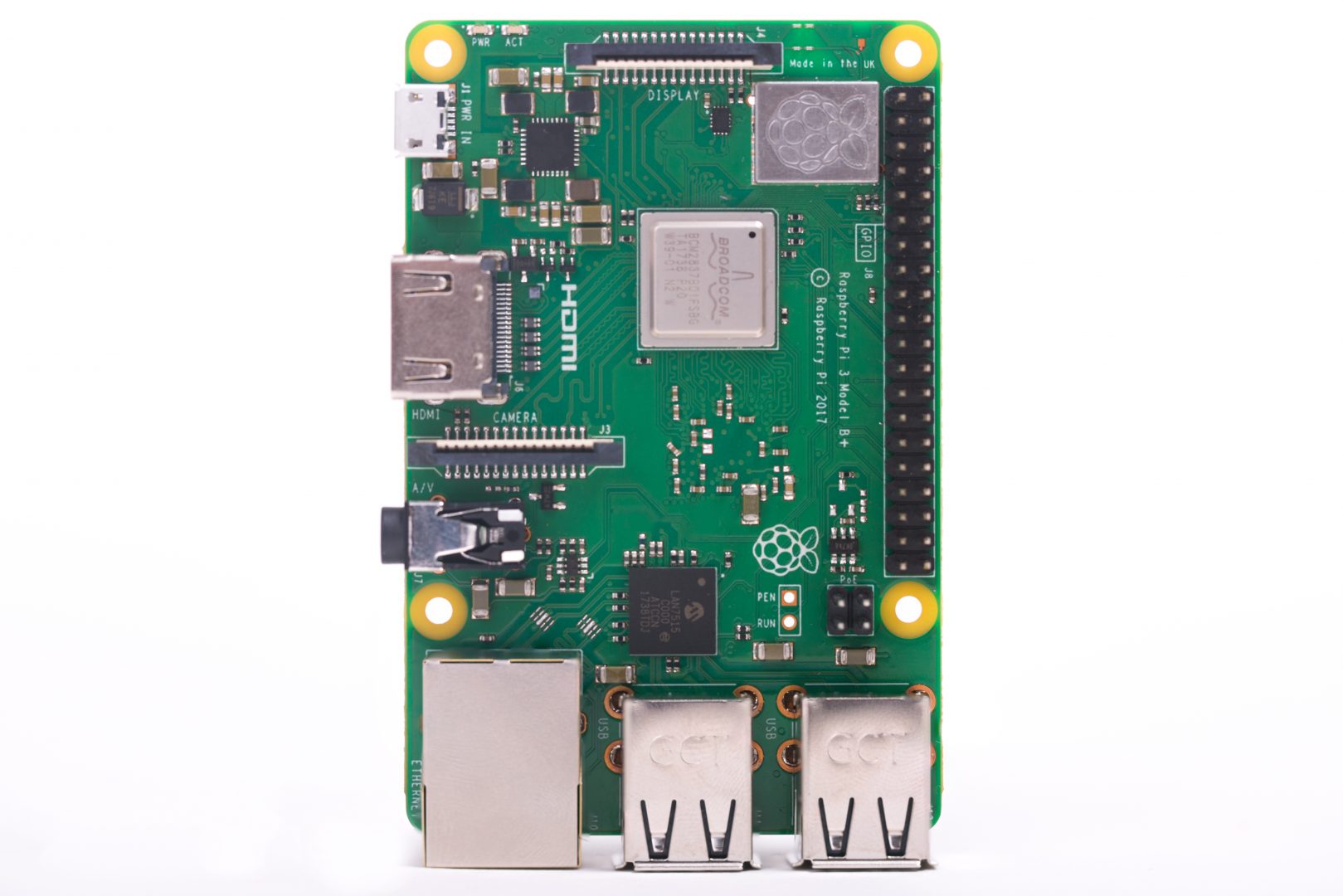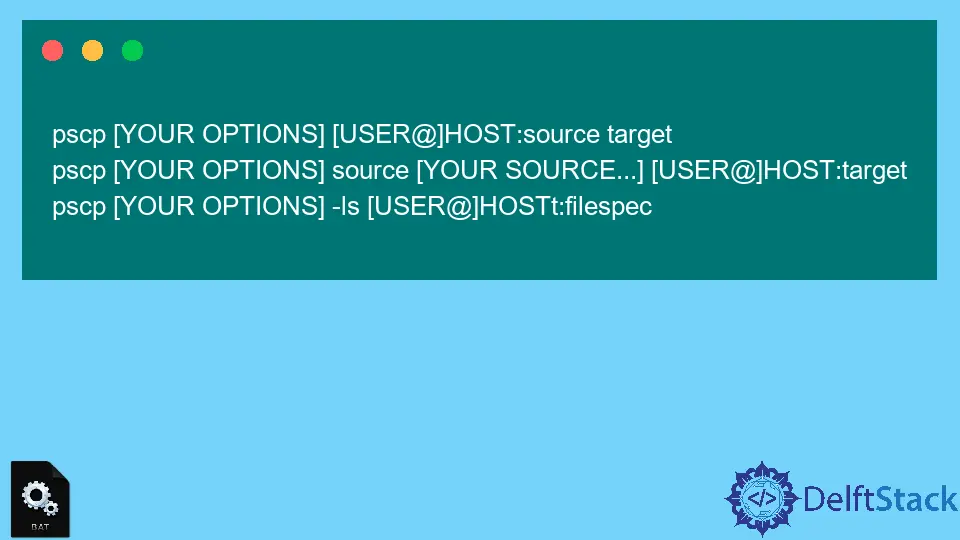Raspberry Pi Batch Jobs: Remote Access & Automation Guide
Is there a way to unlock the full potential of your Raspberry Pi, regardless of your physical location? Remote batch jobs offer a transformative capability, enabling you to manage, automate, and monitor your projects from anywhere in the world.
The allure of remote access to your Raspberry Pi is undeniable. Imagine the convenience of initiating complex scripts, overseeing data processing, or controlling IoT devices without being tethered to your local network. This capability is no longer the stuff of science fiction; it's a tangible reality, achievable through the strategic deployment of remote batch jobs. The process involves several key components: a Raspberry Pi connected to your network, its IP address, and a Windows machine to facilitate the creation and execution of your scripts. Before you begin, ensure your Raspberry Pi is powered on and connected to the same network as your Windows machine. This forms the foundation for seamless communication and control.
Let's delve into the practical steps. First, you'll need to establish a connection. Tools like PuTTY, a free and versatile terminal emulator for Windows, can be employed to establish an SSH (Secure Shell) connection to your Raspberry Pi. PuTTY also offers telnet and SSH capabilities for various platforms. Another option is to use the Raspberry Pi Connect service, a free offering that allows you to access your Pi remotely, offering screen sharing and a remote shell environment. Once connected, you can initiate batch jobs from your Windows machine. A fundamental aspect of this process involves creating a text file, often with a shell script extension (e.g., myshutdown.sh), that contains the commands you wish to execute. This file will be transferred to your Raspberry Pi and subsequently run. The core element of the script might involve commands designed for a specific Python environment, such as WinPython, with all the necessary libraries, ensuring compatibility without path conflicts. From a Windows machine, you can craft a batch file (e.g., run.bat) in Notepad, containing a command like "Python python_file.py," directing the execution of your Python script. This method allows you to orchestrate complex operations remotely, providing both flexibility and control.
For those embarking on IoT projects, understanding how to execute batch jobs on a Raspberry Pi via the internet is critical. Setting up a Raspberry Pi and a Sense HAT board, for example, opens up a world of possibilities for creating and managing IoT solutions. Running batch jobs remotely can streamline management, save valuable time, and enhance your capabilities. The underlying technology allows you to execute scripts and manage systems remotely, from anywhere in the world. Accessing your Raspberry Pi remotely allows you to monitor the performance and status of your Pi from anywhere, even while you are away from home or the office. This includes running system updates, and maintaining the applications running on the Pi.
Here's a table that illustrates the key components and their functions:
| Component | Function |
|---|---|
| Raspberry Pi | A low-cost, credit-card-sized computer that acts as the target for your batch jobs. It must be connected to your network. |
| IP Address of Raspberry Pi | The unique numerical label assigned to your Raspberry Pi on your network, allowing your Windows machine to locate and connect to it. |
| Windows Machine | The computer from which you will create and run the batch scripts. |
| SSH Client (e.g., PuTTY, Raspberry Pi Connect) | Software used to establish a secure connection to your Raspberry Pi. This allows you to send commands. |
| Batch Script (.sh or other script extensions) | A file containing the commands you want to execute on your Raspberry Pi. |
| Batch File (.bat) | A file used on the Windows machine to initiate the transfer of the batch script to the Raspberry Pi and the execution of the same script through the SSH connection. |
| Port Forwarding (on Router) | Configuring your router to forward incoming network traffic to the Raspberry Pi. This is typically used if you want to access the Raspberry Pi from outside of your local network. |
The process of running batch jobs remotely is more accessible than ever. You can expose SSH or VNC on your Raspberry Pi, either over the open internet or within a VPN, or by using external services like RealVNC's cloud VNC viewer. In addition, you can leverage the Raspberry Pi Connect, a free screen sharing and remote shell service provided by Raspberry Pi. This provides a user-friendly way of connecting to your Raspberry Pi for remote access. These services are often used for remote ssh and vnc for accessing the Pi behind a firewall. Whether you're overseeing a network of Raspberry Pi devices or working with a single one for a particular project, remotely running batch jobs can revolutionize management while conserving valuable time.
Imagine a scenario where you've set up your Raspberry Pi as a seedbox and a NAS. It downloads files to an external hard drive connected via USB. The ability to remotely move completed downloads from the hard drive to another external one, or even initiate the download process itself, represents a significant convenience. This can all be achieved by utilizing remotely executed batch scripts, and there are no special batch commands required. Instead, you simply create and execute the same type of scripts that you would use locally on your Raspberry Pi.
The core of this functionality lies in the script itself. If you want to automate the download of a file, you would add the following lines to your shell script:
#!/bin/bash wget http://example.com/yourfile.zip -O /path/to/download/yourfile.zip If you want to then unzip the downloaded file, you can add the following lines to your script as well:
#!/bin/bash unzip /path/to/download/yourfile.zip -d /path/to/extract/ The use of such a shell script makes it very easy to create AI programs or other programs. You can easily create programs that work across all the computers without platform restrictions.
Remote batch jobs, in this context, are about much more than a technical term; it's about creating efficiency. They offer a way to streamline operations. Think of a web server, where you want to manage and monitor IoT devices, set cloud alerts, and run batch jobs on these devices. This allows you to carry out complex commands without having to be physically present. In your daily life, the ability to control the system while away can be invaluable.
If you are using your Raspberry Pi for a NAS or file server, this technology could mean a more streamlined file-sharing experience for users. Each user could remotely connect to the media files you have shared and pull them up or copy the media files onto their computers. It is a powerful tool, automating the tasks and streamlining your workflow, whether you're a hobbyist, developer, or professional, understanding how to set up and manage batch jobs on Raspberry Pi can significantly enhance your productivity.
The architecture is designed for efficiency. It is an excellent opportunity to learn about networking and systems administration. It allows you to quickly get a good understanding of system administration and networking. It also helps you to automate repetitive tasks, such as backing up data or running system updates.
Here's a comparison:
| Local Execution | Remote Execution |
|---|---|
| Requires physical presence at the Raspberry Pi. | Allows access from anywhere with an internet connection. |
| Limited by your physical location. | Offers greater flexibility and convenience. |
| Good for quick, one-off tasks. | Ideal for automating complex, recurring tasks. |
| Less efficient for managing multiple devices or remote sites. | Easier to manage multiple devices. |
The advantages of remote batch jobs are numerous. Remote access to Raspberry Pi has become an indispensable skill for developers, tech enthusiasts, and anyone seeking to extend the capabilities of their projects. Remote work, the ability to manage and monitor IoT devices, and many other advantages can be yours.
Whether you have an existing Raspberry Pi setup or are considering creating one, understanding and utilizing the techniques discussed here can dramatically enhance your productivity and control. Remember to maintain network security and to follow best practices for script creation and execution. Embrace the power of remote batch jobs and experience the freedom and efficiency they provide.

